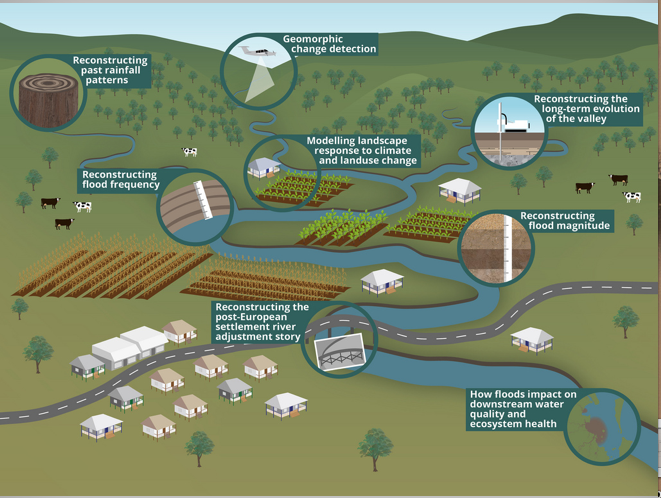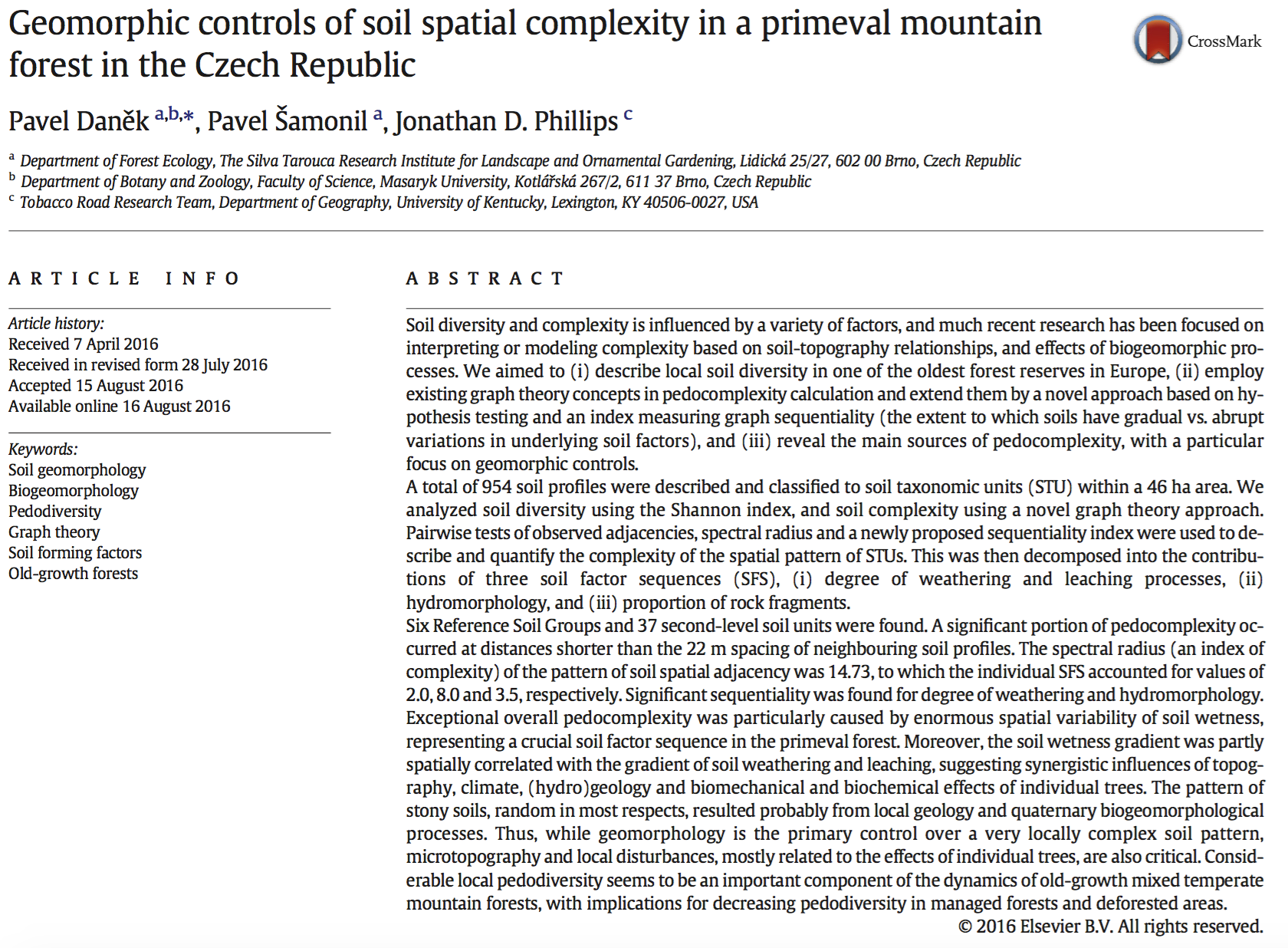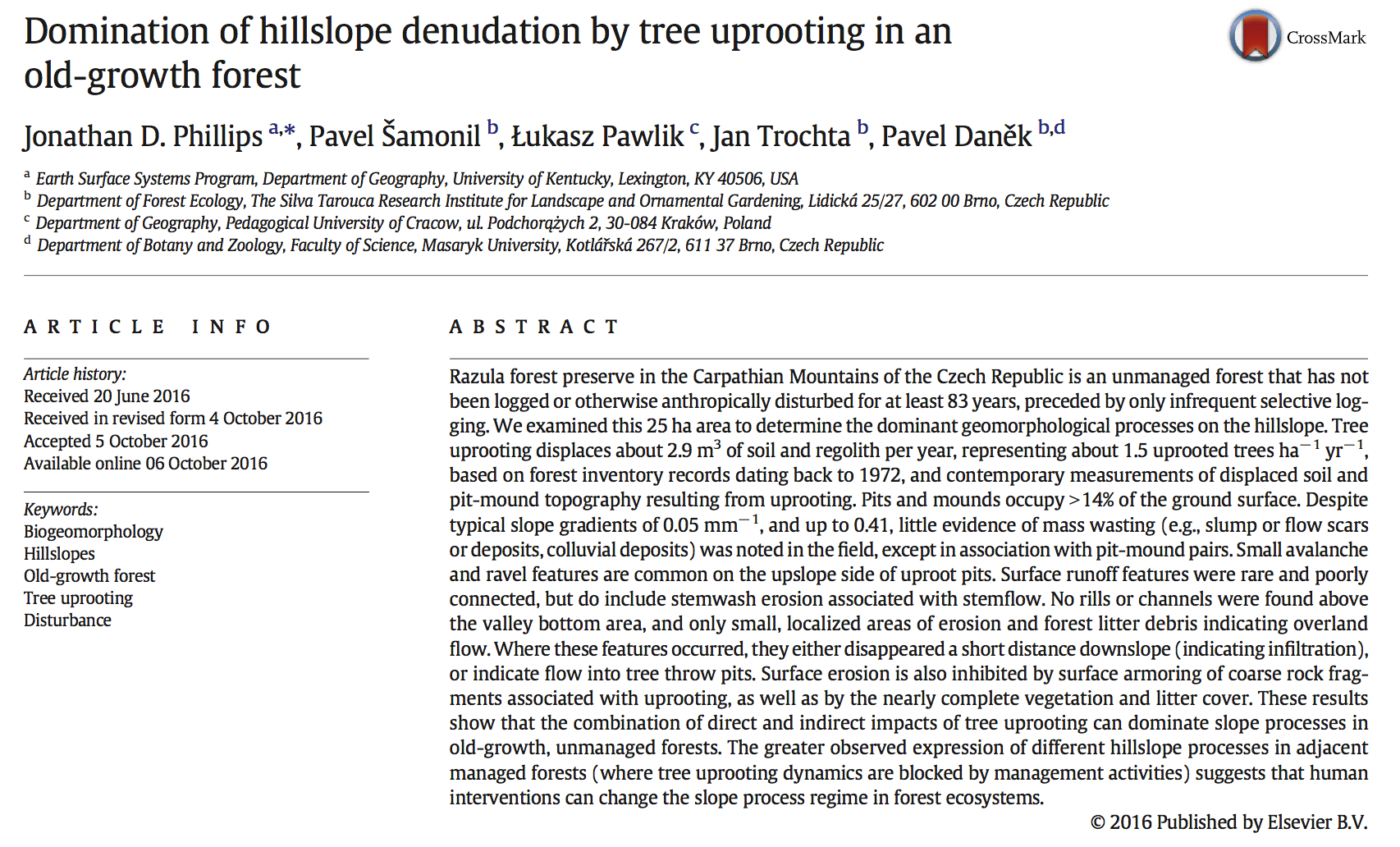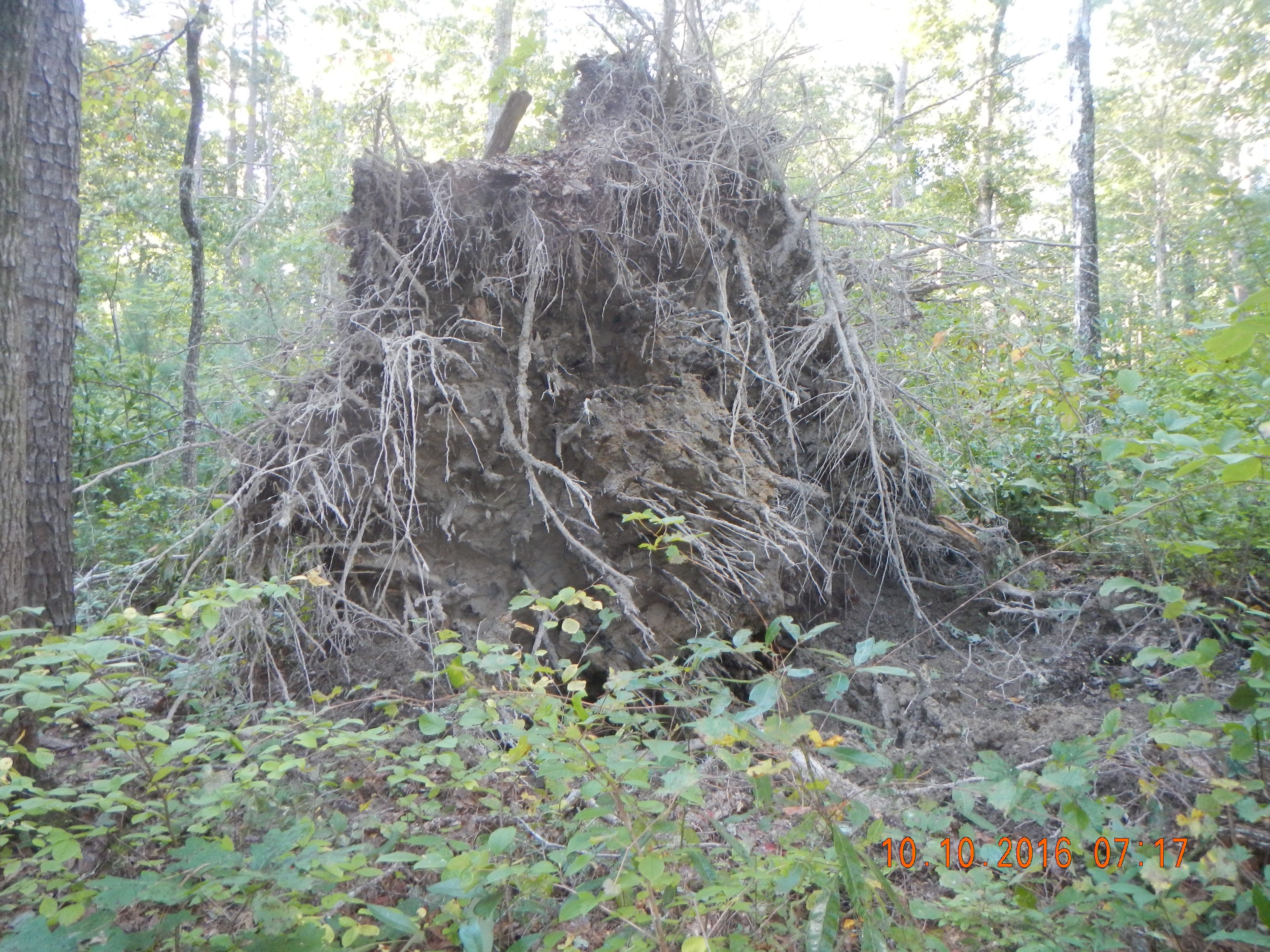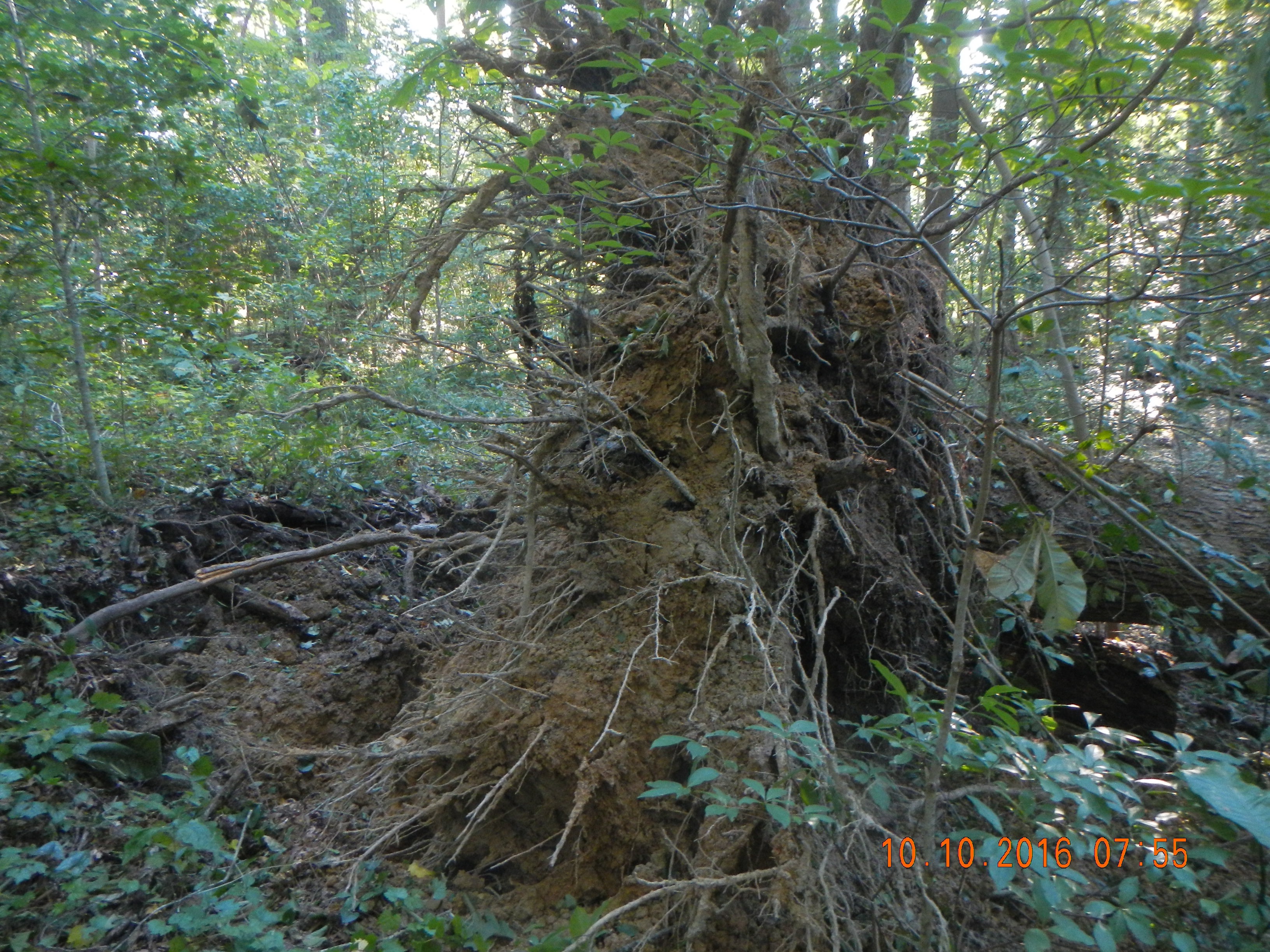OCCAM'S SELECTION
Generalized Darwinism holds, in essence, that the principles of variation, selection, and retention (preservation) and replication that are the cornerstone of Darwinian biological evolution are applicable to development and evolution of (to exaggerate only slightly) damn near anything. This perspective, most actively debated in evolutionary economics, is detectable (though sometimes without the specific label) in many science and social science fields.
Generalized Darwinism has many critics, but most critiques I've seen fall into two categories (to simplify and generalize wildly): (1) a lack of fidelity to biological evolution; or (2) an inability to solve every problem in evolutionary economics, system theory, etc. Those criticisms are accurate, but not valid (in my estimation), as the "generalized" clearly implies a move beyond biological evolution, and no conceptual or analytical framework is ever the answer to everything, even in a relatively small subdiscipline.



